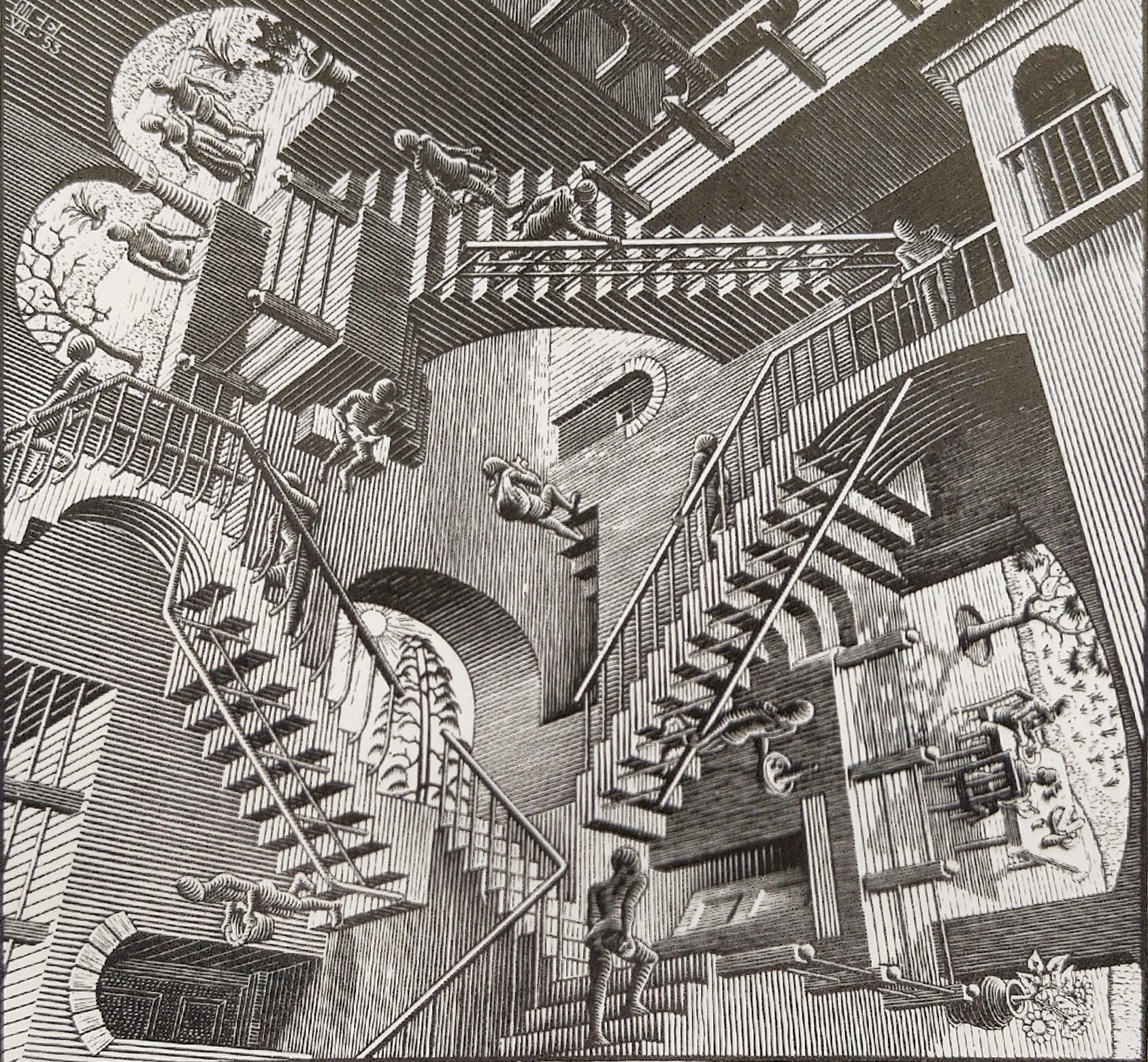
Real-worlds

The desert of the Real
Refers to the actual existence of reality. What is real? Is there anything real? Are we even real? This is the entry point or the gateway to exploring more aspects of how we perceive reality. Jean Baudrillard is here a strong reference as the desert of the real is a philosophical concept mentioned in his book Simulacra and Simulation. He argues that “Nothing is wholly obvious without becoming enigmatic. Reality itself is too obvious to be true.” Baudrillard, J (1995)

The Timeless Forest
One could argue that it is in our collective unconscious that forests are associated with mystical practices. The very concept of time is often related to the forest. The trees are the marks of time passing through us as when a tree is cut marks of the different growing periods are revealed on the trunk. Time is something perceived in a unique way to each individual. Some people may find 1 minute to be very long and some others may find that same minute to elapse very quickly

The Lake of Wonders
The Lake of wonders is an underwater sanctuary hidden in the Timeless Forest. The people living in this Lake are creatures with unusual body shapes they isolate themselves in the lake as the outside world does not always understand their beauty and how unique they are.
Humans have always imagined all sorts of creatures living under water. Mermaids is a popular imagery that was already there in Greek mythology such as the Odyssey (Homer 8th Century BC). Also, it is a known fact that we still have to discover a lot of animal life that lives at the very bottom of our oceans.

The Empire of Denials
The empire of denials is a society is built on Capitalism and big corporations are based in reflecting glass skyscrapers. Hiding themselves from the truth and refusing to face the reality of the damage their businesses are inflicting to the humans. The people living in the empire of denials are selfish and spend a lot of time looking at themselves in mirrors and any reflective materials. Unaware of any other reality but their own. This echoes the well-known allegory of the cave from Plato where people live in a cave and all they can perceive are their own shadows casted onto the wall of the cave. As they don’t know anything else this becomes their reality. They are unaware of different ways to perceive things, different realities.

The Imposible Library
In the impossible Library live the guardians of everything that has been recorded in books. The architecture of the library is based on the work of Escher as the guardians found out that defying the laws of physics and perceptions were the most efficient way to organise the library. That is where the place got its name from. Visually the library is inspired by visual illusions from M.C. Escher who is famous for his impossible Penrose triangle amongst myriad of visual paradoxes artworks.





